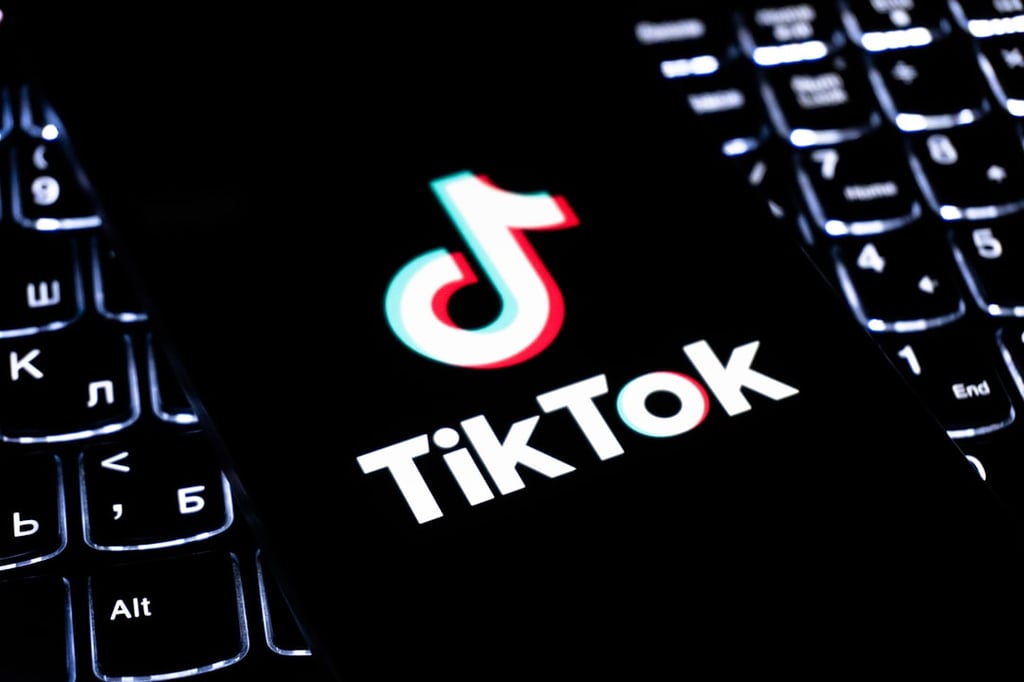Good news for IT vendors that cater to the enterprise mobility crowd. In a few short years, the bring your own device (BYOD) and enterprise mobility market are set to make huge gains, says the research group MarketandMarkets. The reason: shifting attitudes surrounding workplace IT. In short, employees are increasingly clutching iPads and letting their […]
Datamation content and product recommendations are
editorially independent. We may make money when you click on links
to our partners.
Learn More
Good news for IT vendors that cater to the enterprise mobility crowd.
In a few short years, the bring your own device (BYOD) and enterprise mobility market are set to make huge gains, says the research group MarketandMarkets. The reason: shifting attitudes surrounding workplace IT.
In short, employees are increasingly clutching iPads and letting their PC’s gather dust.
The firm’s analysts project that by 2017, the global market for BYOD and enterprise mobility solutions will rise to a whopping $181.39 billion, growing at a compound annual growth rate (CAGR) of 15.17 percent in the interim. By comparison, the market totaled $67.21 billion in 2011.
Leading the charge is North America. MarketandMarkets reports that the region ruled the BYOD and enterprise mobility market with 36.1 percent share and $24.26 billion in revenues. By 2017, North American revenues will reach $58.6 billion.
MarketsandMarkets’ data lines up with some other bullish forecasts and snapshots of the mobile device market.
In December, IDC said that it expects tablet shipments to reach 282 million devices by 2016, more than double the number of units that electronics makers like Apple and Samsung shipped last year. Tablets are so popular that PC sales are suffering.
Slates like Apple’s iPad and Samsung’s Android-based Galaxy Tab — along with the industry’s lackluster reception of Windows 8 — are making a huge dent in the PC market. IDC recently reported that PC shipments toppled 13.9 percent in the first quarter of 2013 compared to the same year-ago period, the industry’s worst performance in the nearly 20 years that the research firm has tracked the scene.
It’s clear that in today’s work environments, employees are reaching for their mobile devices rather than sitting in front of a PC, declares MarketsandMarkets.
“Employees are using their own devices such as smart phones, tablets, and laptops, for the official work to be connected with the enterprise network anytime, anywhere. Thus Bring-your-own-device (BYOD) phenomenon is entering enterprise IT, and will change the way users and organizations address the network security concerns,” said the firm in a statement.
This change in user IT practices spells an opportunity for mobile device management and security specialists (increasingly one and the same), hints the company.
“There are software and security vendors that are helping companies provide an environment where employees can connect their devices to the enterprise network without having any security related issues, and this is driving the growth of the Bring-your-own-device market,” stated MarketsandMarkets.
Pedro Hernandez is a contributing editor at InternetNews.com, the news service of the IT Business Edge Network, the network for technology professionals. Follow him on Twitter @ecoINSITE.
-
Huawei’s AI Update: Things Are Moving Faster Than We Think
FEATURE | By Rob Enderle,
December 04, 2020
-
Keeping Machine Learning Algorithms Honest in the ‘Ethics-First’ Era
ARTIFICIAL INTELLIGENCE | By Guest Author,
November 18, 2020
-
Key Trends in Chatbots and RPA
FEATURE | By Guest Author,
November 10, 2020
-
Top 10 AIOps Companies
FEATURE | By Samuel Greengard,
November 05, 2020
-
What is Text Analysis?
ARTIFICIAL INTELLIGENCE | By Guest Author,
November 02, 2020
-
How Intel’s Work With Autonomous Cars Could Redefine General Purpose AI
ARTIFICIAL INTELLIGENCE | By Rob Enderle,
October 29, 2020
-
Dell Technologies World: Weaving Together Human And Machine Interaction For AI And Robotics
ARTIFICIAL INTELLIGENCE | By Rob Enderle,
October 23, 2020
-
The Super Moderator, or How IBM Project Debater Could Save Social Media
FEATURE | By Rob Enderle,
October 16, 2020
-
Top 10 Chatbot Platforms
FEATURE | By Cynthia Harvey,
October 07, 2020
-
Finding a Career Path in AI
ARTIFICIAL INTELLIGENCE | By Guest Author,
October 05, 2020
-
CIOs Discuss the Promise of AI and Data Science
FEATURE | By Guest Author,
September 25, 2020
-
Microsoft Is Building An AI Product That Could Predict The Future
FEATURE | By Rob Enderle,
September 25, 2020
-
Top 10 Machine Learning Companies 2020
FEATURE | By Cynthia Harvey,
September 22, 2020
-
NVIDIA and ARM: Massively Changing The AI Landscape
ARTIFICIAL INTELLIGENCE | By Rob Enderle,
September 18, 2020
-
Continuous Intelligence: Expert Discussion [Video and Podcast]
ARTIFICIAL INTELLIGENCE | By James Maguire,
September 14, 2020
-
Artificial Intelligence: Governance and Ethics [Video]
ARTIFICIAL INTELLIGENCE | By James Maguire,
September 13, 2020
-
IBM Watson At The US Open: Showcasing The Power Of A Mature Enterprise-Class AI
FEATURE | By Rob Enderle,
September 11, 2020
-
Artificial Intelligence: Perception vs. Reality
FEATURE | By James Maguire,
September 09, 2020
-
Anticipating The Coming Wave Of AI Enhanced PCs
FEATURE | By Rob Enderle,
September 05, 2020
-
The Critical Nature Of IBM’s NLP (Natural Language Processing) Effort
ARTIFICIAL INTELLIGENCE | By Rob Enderle,
August 14, 2020
SEE ALL
ARTICLES









